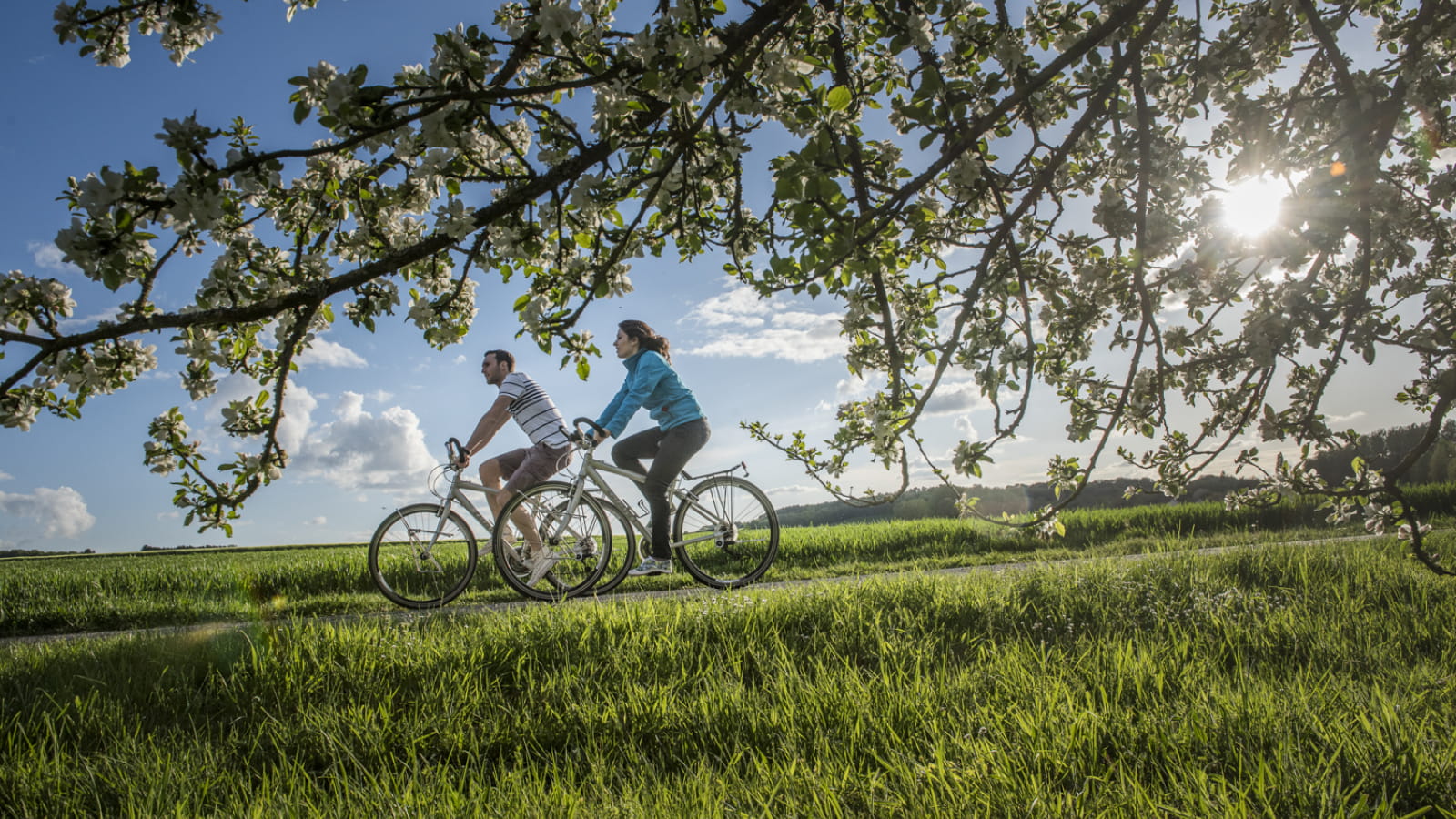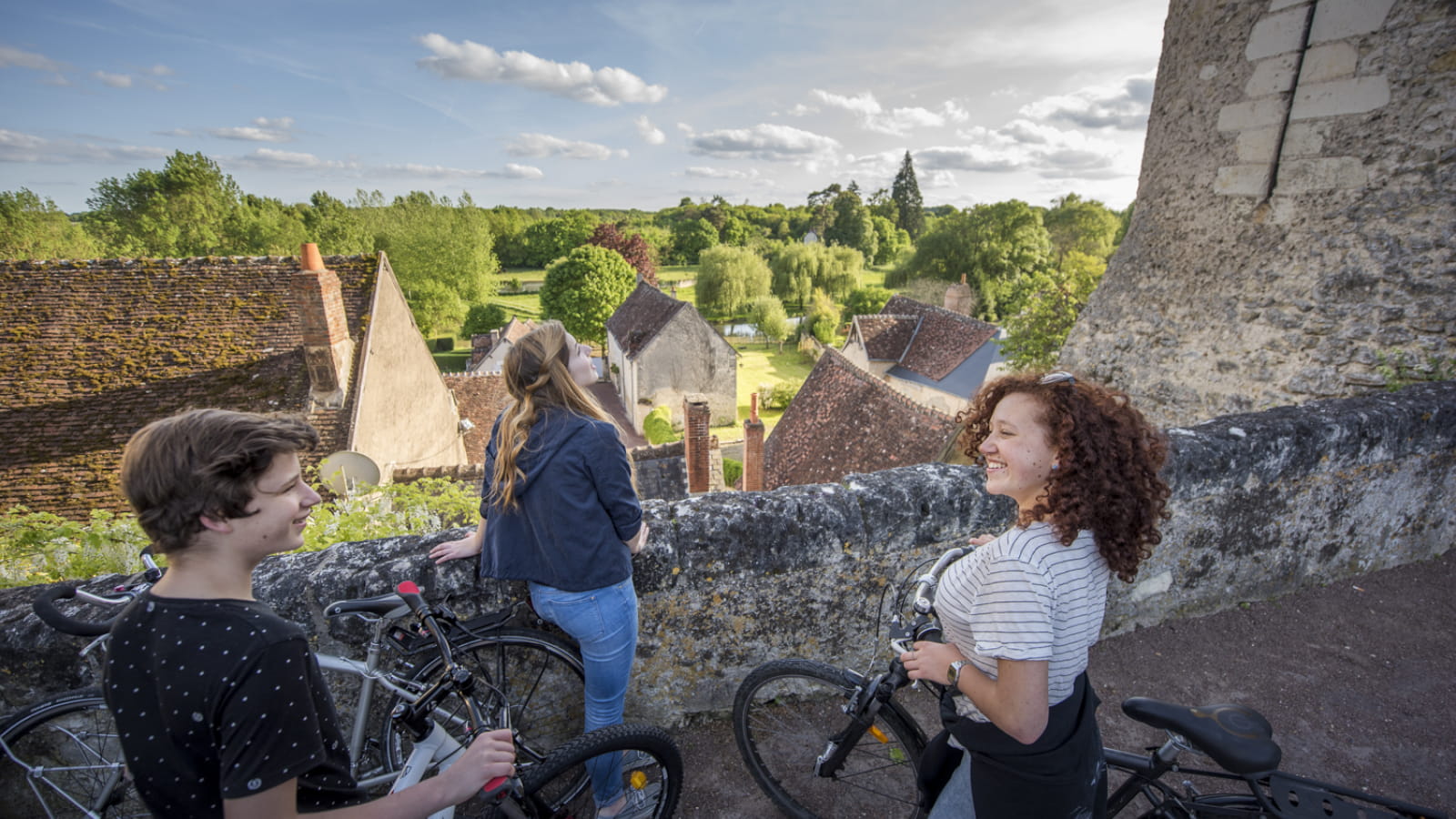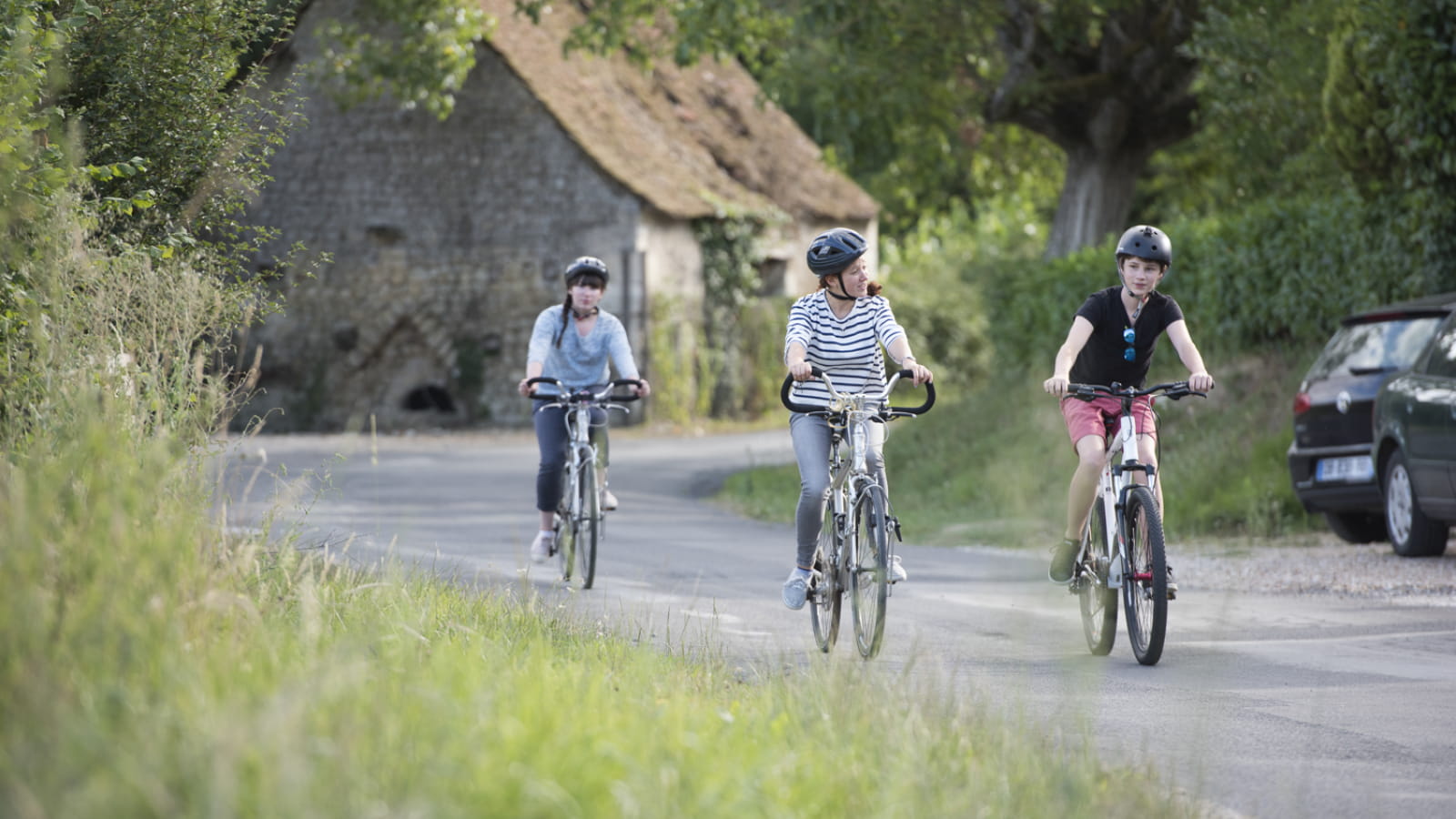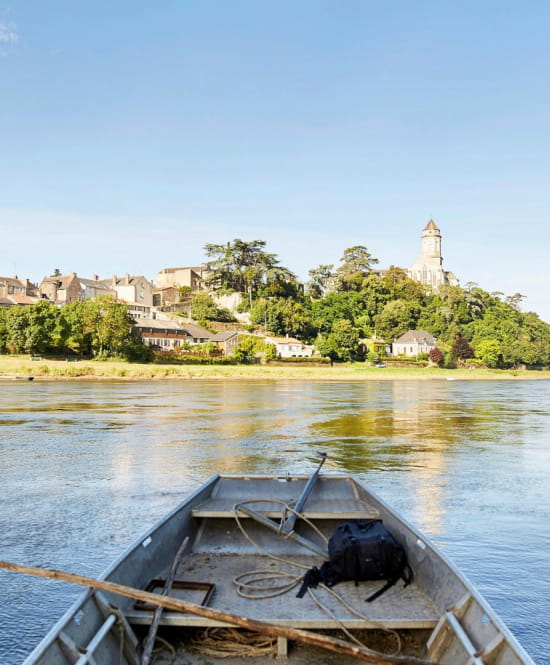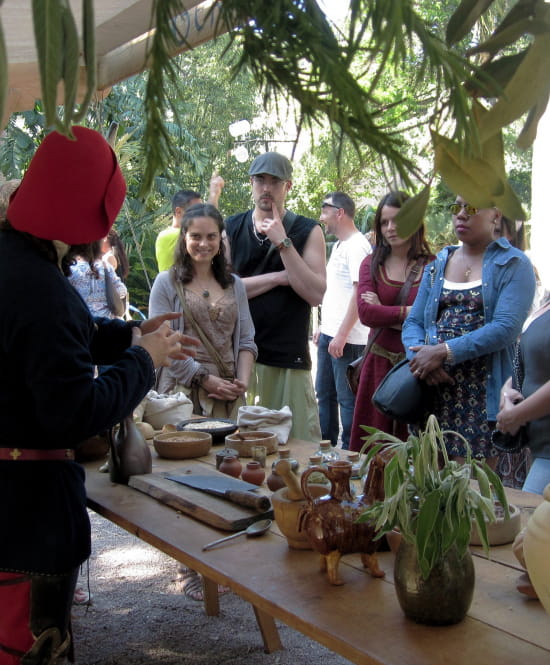The Indre river by bike

Whether you are on holidays in the area, travelling by bike or going on a day-trip, the Indre by bike offers you the crossing of typical villages and the discovery of bucolic landscapes. Through 13 sections with “easy” and “very easy” difficulty levels, the Indre by bike is suitable for everyone.
Along the Indre cycling route, you will meet several historic buildings, choice and charming places during your stay.
The castle of Azay-le-Rideau, built in the heart of Touraine, offers all the charm of the Renaissance. A marvel of 16th-century architecture, it stands on an island drawn by the Indre and is surrounded by a romantic 19th-century park. Refinement, elegance and grace characterize this area which will continue to be embellished thanks to the refurbishment of its landscaped gardens. A jewel of the Loire Valley.
The fortress of Montbazon, stronghold of the terrible Count of Anjou, Foulques Nerra, dominates the Indre valley and the city of Montbazon, from the top of its rocky spur. It represents one of our oldest military constructions. Housing the oldest dungeon in France still standing, its history stretches from the end of the 10th to the 15th century. Within the site, animations make it possible to jump in time and discover war machines, cross bows and torture room.
The royal city of Loches consists of two elements. The Keep, a masterpiece of medieval military architecture, was built by Foulques Nerra in the early 11th century. It is one of the largest and oldest dungeons in Europe today preserved. Nearby is the Logis Royal, jewel of the French Renaissance and the history of France. Its open terrace facade dominates the town of Loches. This house was one of the first ceremonial residences of the Kings of France in the Loire Valley. It welcomed great historical ladies such as Jeanne d’Arc, Agnès Sorel and Anne de Bretagne.
The castle of Chenonceau steps across the Cher, whose waters reflect the unique beauty of its Renaissance architecture and make it one of the jewels of the Loire Valley. Property of the Crown then royal residence, it was built in 1513 by Katherine de Briçonnet and embellished successively by Diane de Poitiers and Catherine de Médicis. Chenonceau was saved from the rigors of the Revolution by a fourth woman, Madam Dupin. Hence its nickname “Château des Dames”. This feminine footprint is present everywhere, preserving it from conflicts and wars to make it a place of peace historically. An extraordinary collection of paintings by great masters, as well as a series of Flanders tapestry embellish the visit in the castle, without forgetting its remarkable gardens, its park and its vineyard.
Télécharger votre carnet de route
Pour plus d’information rendez-vous sur le site de l’Indre à Vélo



